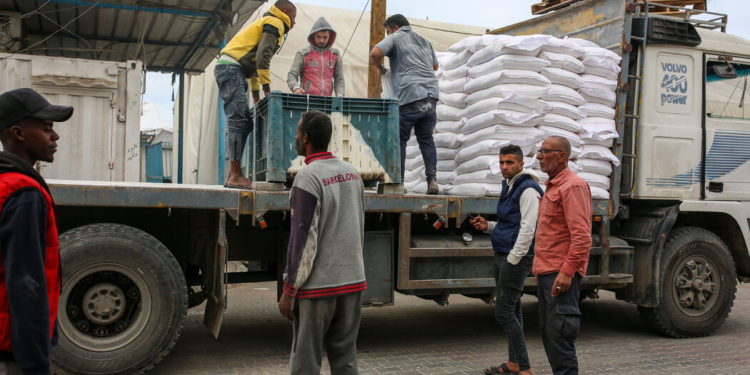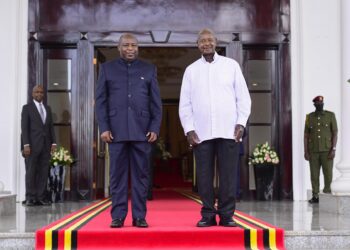By THE NEW YORK TIMES
Since the start of the conflict, a supplemental budget jumped to $47 million a month from $12 million a month, according to Tom White, UNRWA’s Gaza director.
That extra money has paid for flour for 350,000 families; 14 million food items, including canned meat and packets of dried chickpeas; mattress pads, blankets, and kitchen sets; the distribution of 20 million liters of water; and the building of latrines.
Most of the aid UNWRA distributes is paid for with donor funds, Ms. Touma said.
Still, officials said the flow of aid has been minuscule in comparison to the need. “It’s the absolute bare minimum,” Mr. White said, noting that UNRWA had hoped to raise an additional $166 million monthly to address the crisis.
How much money is left?
Some UNRWA employees have critically important jobs, including managing shelters, servicing the water infrastructure, documenting the arrival of aid trucks, collecting solid waste and providing health care, Mr. White said.
Most of the agency’s employees are paid from its core budget. But just 3,000 of the agency’s 13,000 employees are currently reporting to work. Most of those not working are teachers, who represent the majority of the UNRWA work force in Gaza. Schools have been closed since the start of the war and many are used to shelter displaced people. Nevertheless, UNRWA has continued to pay the salaries of all its workers.
Now, Mr. White said, if the funding for the core budget runs out, the chance that critical workers abandon their jobs increases.
“The whole system fails without them,” he said.







Discussion about this post